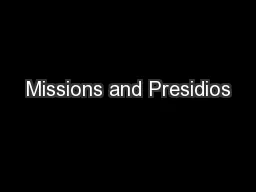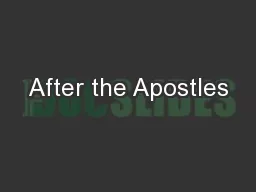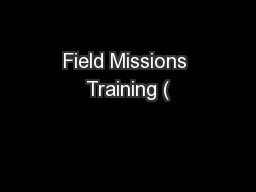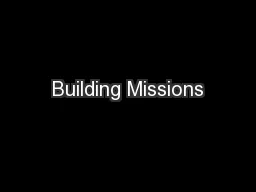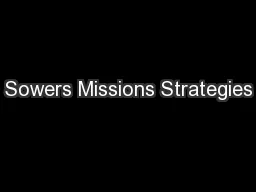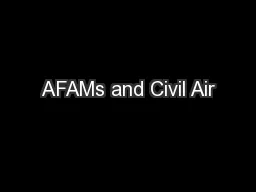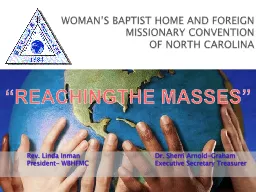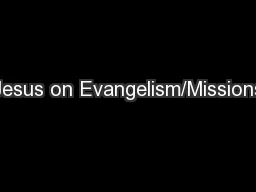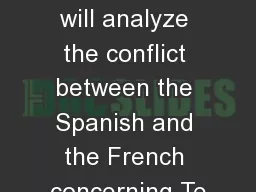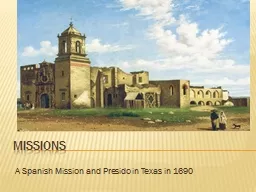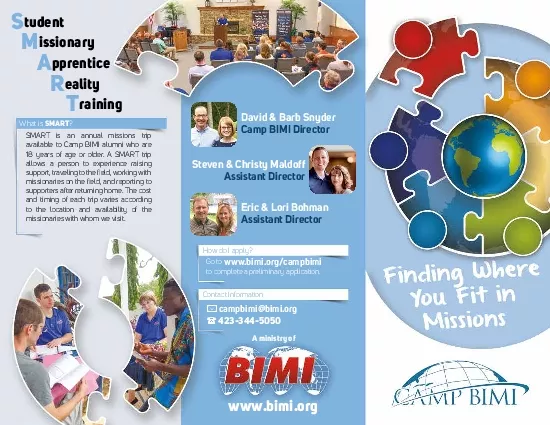PPT-Missions and Presidios
Author : faustina-dinatale | Published Date : 2016-04-23
Chapter 4 Section 1 MissionPresidio System Because the French built a fort in Texas Spain realized they were not in control of Texas which provoked great fear
Presentation Embed Code
Download Presentation
Download Presentation The PPT/PDF document "Missions and Presidios" is the property of its rightful owner. Permission is granted to download and print the materials on this website for personal, non-commercial use only, and to display it on your personal computer provided you do not modify the materials and that you retain all copyright notices contained in the materials. By downloading content from our website, you accept the terms of this agreement.
Missions and Presidios: Transcript
Download Rules Of Document
"Missions and Presidios"The content belongs to its owner. You may download and print it for personal use, without modification, and keep all copyright notices. By downloading, you agree to these terms.
Related Documents

